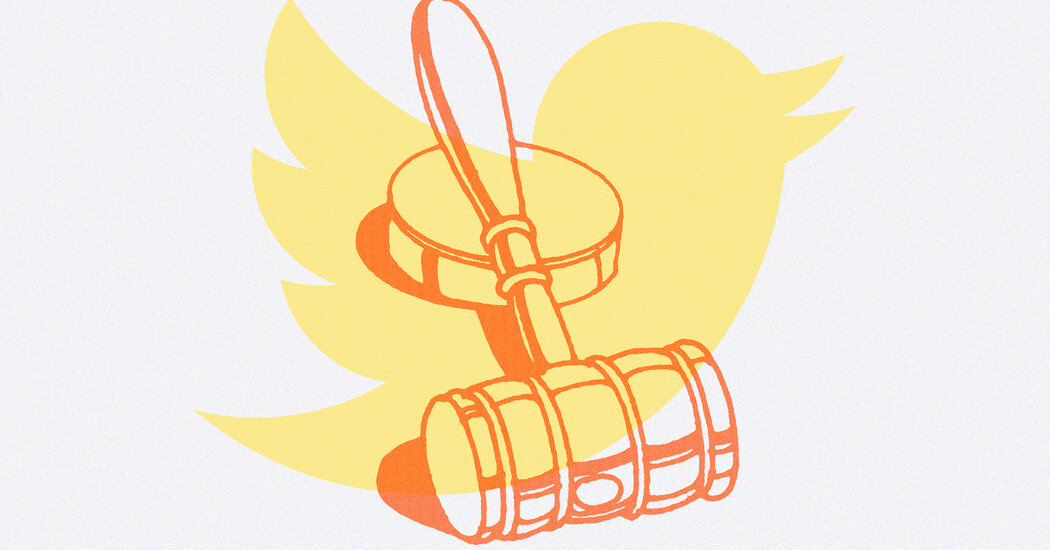So a Musk-owned Twitter would still ban content — it would just ban less of it. I can imagine more tweets falsely claiming that the Capitol invasion was a media invention or a false-flag operation. Franks, the law professor, speculates as others have that Twitter under Musk would actually be more likely to restrict content that angered one particular person — Musk himself. Likewise, Trump’s Truth Social platform is unlikely to become a home for critics of Trump.
Kosseff, of the Naval Academy, said conservatives and libertarians are making a mistake to call for ending Section 230 because they don’t like the protections it gives to platforms that they feel discriminate against them. If they didn’t have legal immunity, the platforms would most likely play it safe by banning even more content to avoid being sued, he said.
Meanwhile, the mostly Democratic lawmakers who want tighter controls on content have fallen short. The Safe Tech Act sponsored by Democratic Senators Mark Warner of Virginia, Mazie Hirono of Hawaii and Amy Klobuchar of Minnesota would remove immunity from paid material on social platforms and expose them to lawsuits based on civil, human rights and antitrust law, among other things. It hasn’t reached the Senate floor.
And a law proposed and ultimately signed by Florida Gov. Ron DeSantis, a Republican, to prohibit social media sites from barring any content from political candidates was blocked by a federal judge last year.
Matt Stoller, a foe of Big Tech and monopolies in general, wrote Thursday that Section 230 should be done away with entirely so the platforms become fully responsible for all content posted on them.
That’s a big step and probably unlikely.
For now, the fight over what to do about Twitter and other platforms is at a stalemate. Whether or not it’s owned by Musk, Twitter can’t overcome the deep divisions and mistrust in society, said Eric Goldman, a law professor at Santa Clara University. It can turn the content moderation up and please liberals or turn it down and please conservatives and libertarians, but “there’s no place on that slider that will make all the partisans happy,” he said.
The readers write
Thank you for your insightful piece on April 8 about professional licensing, which recognizes the barriers that licensing requirements create for people of color. I am sponsoring an Afghan refugee who owned and operated a high-end hair salon and barbershop in Kabul. He’s shown me a portfolio of haircuts on happy customers. However, he is unable to get a license here because he doesn’t have the requisite coursework from an American-accredited cosmetology program. He’s cleaning rooms in a hotel. There are thousands more refugees and immigrants like him. What a shame — for them, and for consumers who would benefit from their services.
Check out our Latest News and Follow us at Facebook
Original Source
